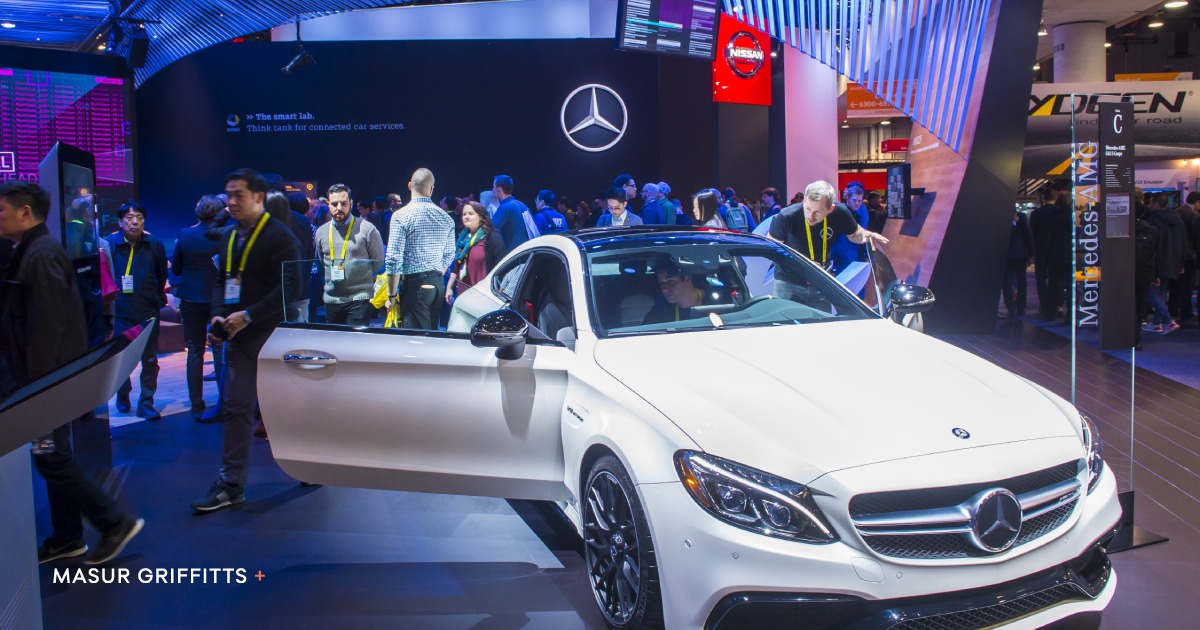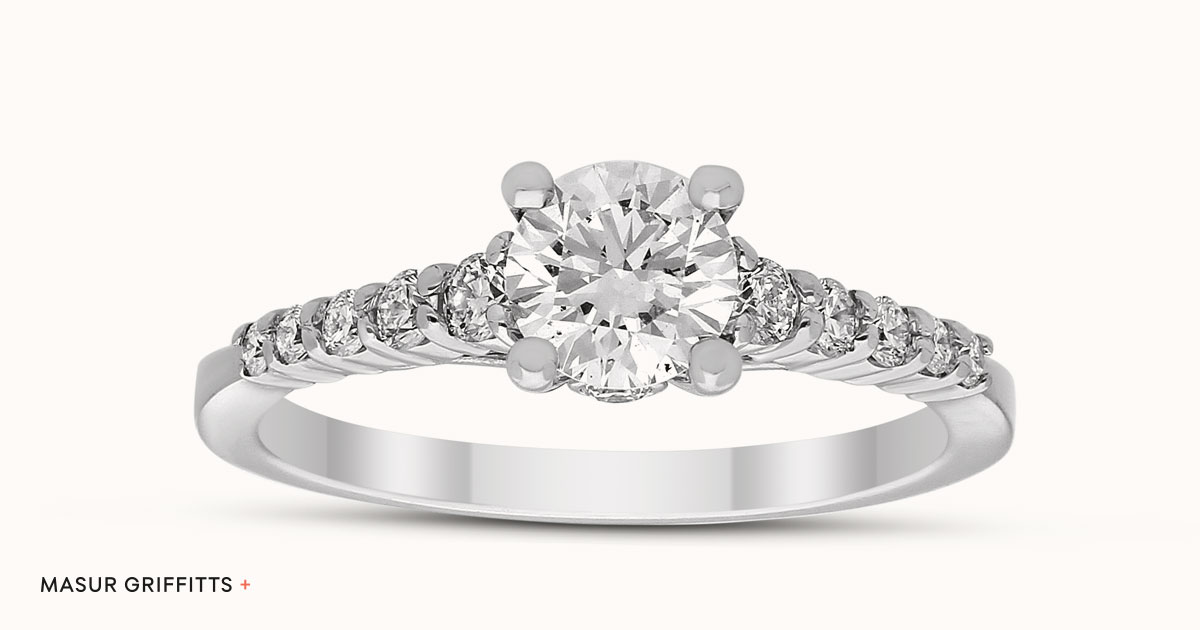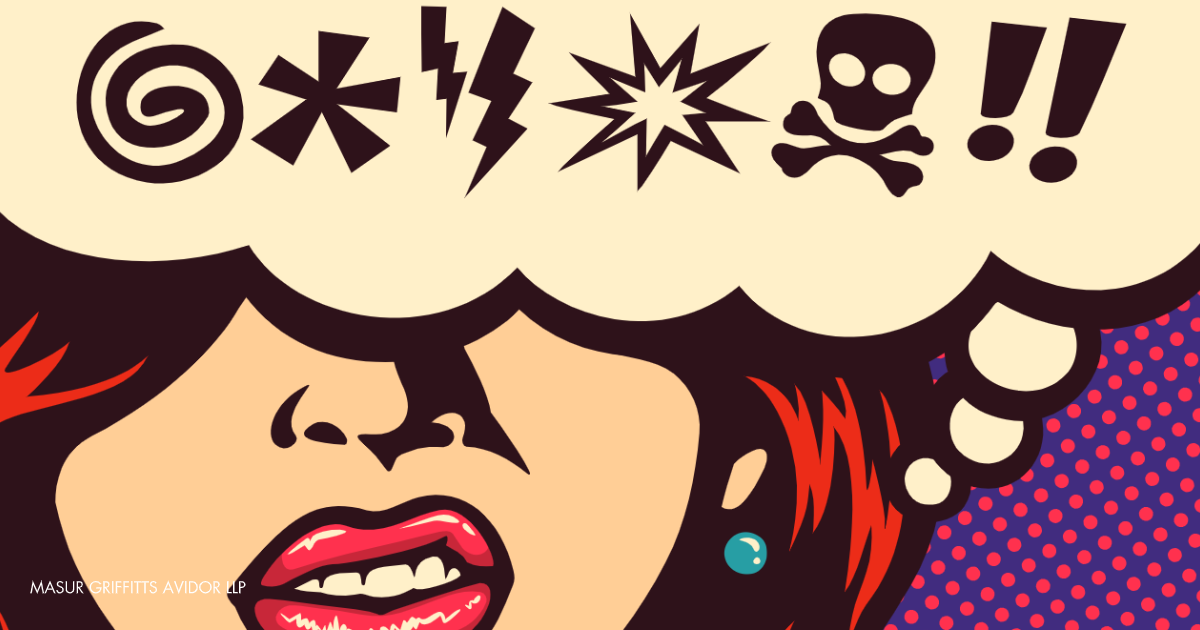The AI Copyright Quandary: Originality, Creativity, and the Machine
By Lauren Mack, with the assistance of ChatGPT
Questions surrounding the protectability of output produced by artificial intelligence (AI) under copyright law are becoming increasingly significant for content creators and businesses alike. The current legal framework in the United States and many other countries requires that, in order to be eligible for copyright protection, a creative work must be created by a human. However, as AI technologies continue to advance and produce increasingly creative and original works, there is a growing debate about whether these works should also be eligible for copyright protection.
Who Should be the Author of AI-Created Works?
One of the key issues in the debate over whether AI-generated works should be copyrightable is the question of who should be considered the author of such works. Traditionally, the author of a work is the person who created it, and that person is entitled to the exclusive rights of copyright protection. However, in the case of AI-generated works, there is no clear person or group of people who can be considered the author of the work. Instead, the work is the result of a complex and often opaque set of algorithms and processes that may involve many different inputs and variables.
The most persuasive approach to resolving this issue in favor of technology is to consider the role of human input in the creation of AI-generated works. While AI systems may be capable of producing works that are original and creative, these systems generally still require significant input and direction from humans. For example, an artist may use an AI algorithm to create a painting, but the artist is still responsible for selecting the colors, composition, and other elements of the work. Similarly, a musician may use an AI system to generate a melody, but the musician is still responsible for arranging and producing the final song. This could be analogized to taking a photograph with a camera – while the camera creates the picture, it is the human behind the camera who selects the subject, angle, lighting, etc., and who is therefore the copyright owner in the ultimate photograph. Proponents of this approach argue that the human input and direction involved in the creation of AI-generated works is sufficient to satisfy the “human authorship” requirement under copyright law.
A less common argument is that the AI itself is the copyright owner. This argument appears destined to fail, as the US Copyright Office has consistently stated that only humans can author a copyrightable work, including in connection with a case where PETA brought an action claiming that the copyright in a selfie taken by a monkey named Naruto using a camera set up by a nature photographer was owned by the monkey (the lawsuit was ultimately settled). Others have argued that the AI program is the author, which creates the work on behalf of the AI creator as a “work made for hire” under the US Copyright Act, making the creator of the AI program the ultimate owner in the works it creates.
One such argument is being made by Stephen Thaler, who submitted an application to register a copyright in an AI-generated work of art titled A Recent Entrance to Paradise in 2018. He listed the author of the work as his Creative Machine system, known as DAUBUS, which he claimed “autonomously” created the work. He further listed himself as the copyright claimant under the “work made for hire” theory. The US Copyright Office rejected his application, stating that current copyright law only provides protection to “the fruits of intellectual labor” that “are founded in the creative powers of the mind”, and AI-generated works do not meet this requirement. Thaler appealed the decision to the US District Court in Washington, D.C., arguing that protecting AI-generated works under copyright law is necessary to promote the production of socially valuable content and is required under current legal frameworks. While the Copyright Office’s decision here is in line with its previous statements and court rulings, these novel arguments could result in disrupting current norms.
Further clarification from the Copyright Office has recently determined that works not created entirely by AI may have limited copyright protection. In September 2022, Kristina Kashtanova attempted to register the copyright in their comic book entitled Zarya of the Dawn. The story was written by Kashtanova themself, however they used the AI art generator Midjourney to create the illustrations. Although they described the time-intensive process of describing how each image should look to the AI platform in order to obtain their desired output, the Copyright Office was unpersuaded that it was enough human creativity to merit full copyright protection. As of this week, the Copyright Office has cancelled their copyright registration and reissued it to exclude protection for the Midjourney-created art, but provided protection for the text written by Kashtanova and for the comic as a “compilation due to her creative selection, coordination, and arrangement of the text and images”. Whether Kashtanova will also appeal this decision to federal court as Thaler did remains to be seen.
That’s Output, But What About Input?
Whether AI output is copyrightable is not the only question being posed to US courts. For AI to learn how to create text, art, sound, or other output, its algorithm needs to be fed a large amount of information to analyze, from which it learns how to create the desired output. In January 2023, three artists filed a lawsuit in California federal court against DeviantArt, Midjourney, and Stability AI for using their artwork to train AI generators and requested certification of a class action on behalf of similarly situated artists. The plaintiffs asserted that the defendants fed their art to the AI algorithm, thus using it to create new images that were unauthorized derivative works of their original artwork. They further allege that the defendants have profited from these infringing artworks and have used the artist’s names to sell their AI products and services by virtue of being able to copy their artistic styles. The outcome of this lawsuit could have a serious impact on evolving technologies and/or the ability for artists to continue to make a living.
This tension between artists and technology has been a hot button issue since the advent of the commercial Internet. Without large amounts of information to teach the AI algorithm, it could not produce useful output, however if AI output can be used to replace artists by consuming their art, then human artists may not be able to survive. Ultimately, the question of whether AI-generated works should be copyrightable and what permissions are needed to teach that AI, if any, is likely to remain a contentious and evolving area of the law throughout the next few years.








